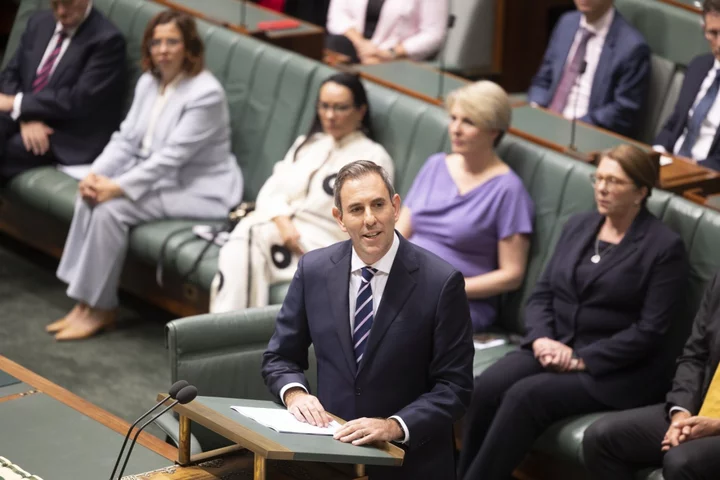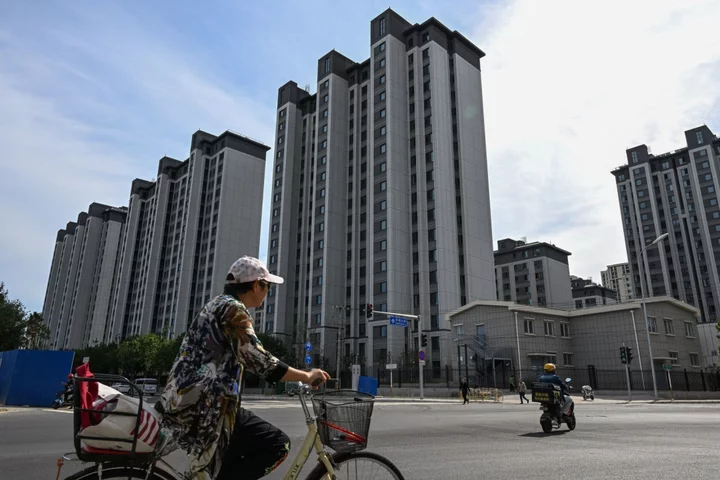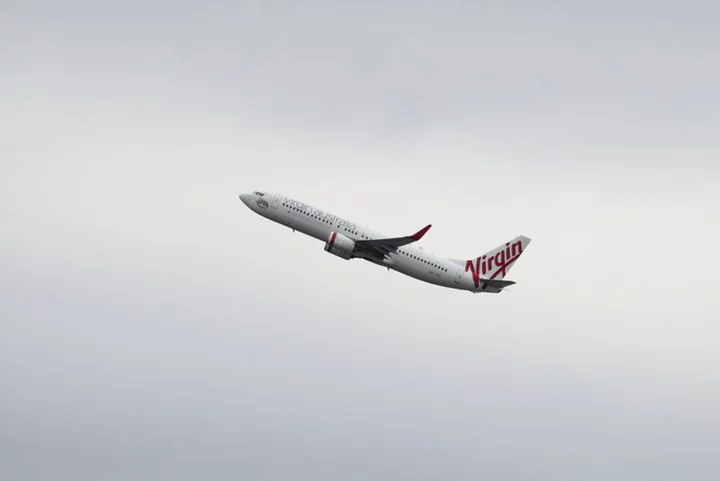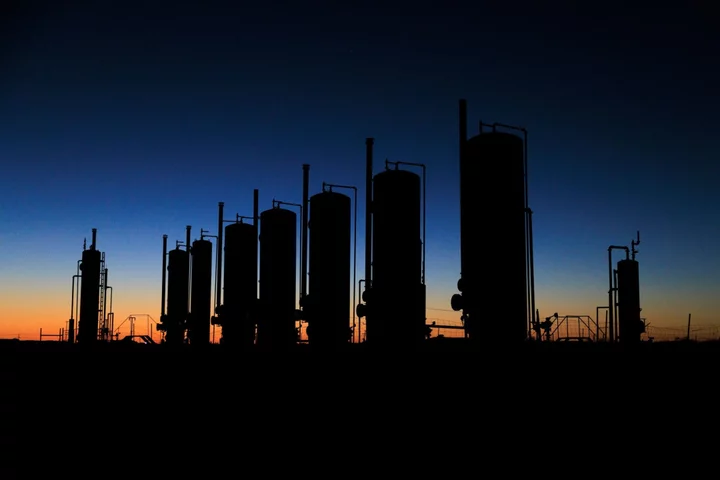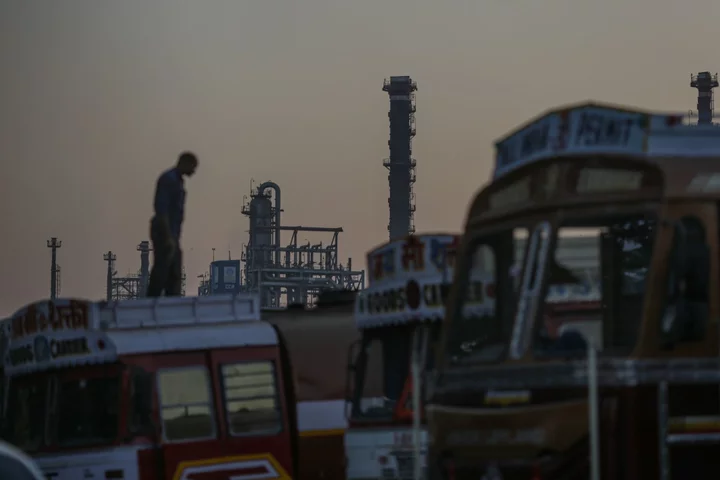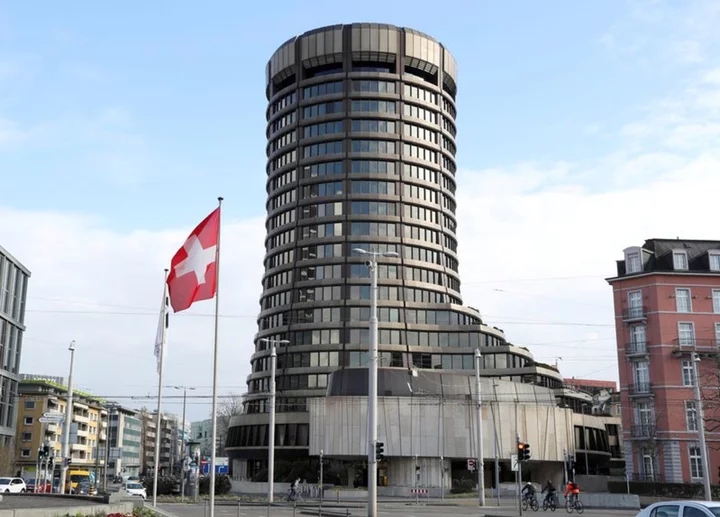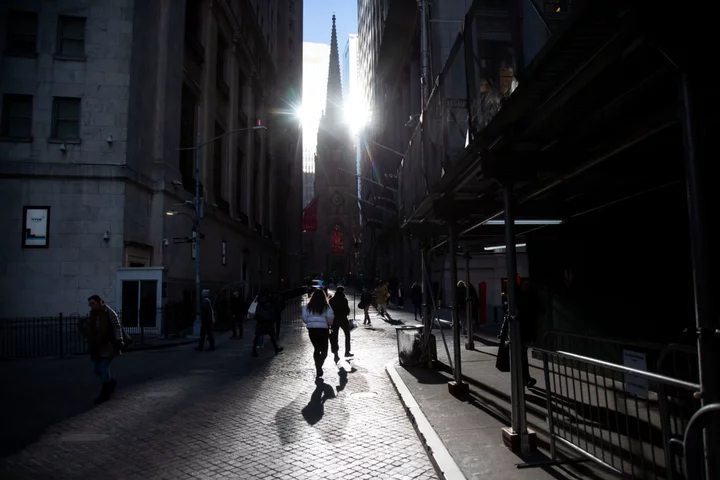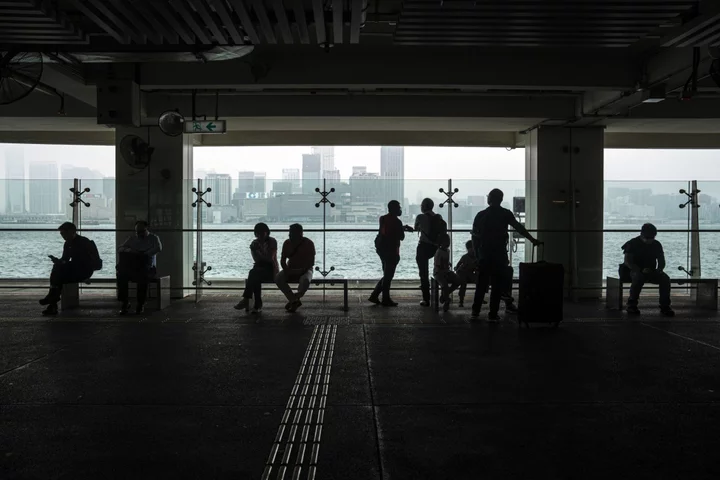Welfare programs have been given priority in Treasurer Jim Chalmers’s latest budget, as the Albanese government follows through with some of the election promises that helped sweep it into office last year.
The biggest measure for 2023-34 budget will be a four-year, A$14.6 billion package to help households with the increasing cost-of-living pressures from stubbornly rising consumer prices. This will include spending to reduce energy costs for millions of households and small businesses, as well as health-care reform and wage growth in some sectors.
Meanwhile, smokers and travelers are set to get hit with some unwelcome price rises.
Here are the winners and losers:
WINNERS
Electricity and Gas Users
The government’s cost-of-living package will include A$3 billion in power cost relief, co-funded by the states, offering 5 million households and 1 million small businesses as much as A$500 off energy bills in the next fiscal year.
The budget also includes A$1.3 billion to establish the Household Energy Upgrades Fund to boost financing options for emission-cutting improvements like double-glazing and solar panels. Meanwhile, government interventions mean that average national retail electricity prices are expected to rise about 10% in 2023-24, compared to an earlier estimate of 36%, while those getting electricity bill relief will generally face smaller price increases, according to budget papers. Retail gas prices are now forecast to increase by 4% in the same period, compared to an October forecast of 20%.
Energy Transition
The government is backing the renewable hydrogen sector with A$2 billion for the Hydrogen Headstart program to support large-scale projects, in a bid to “bridge the commercial gap for early projects.” It’s also legislating for a National Net Zero Authority to assist with the economic transformation associated with achieving net zero emissions.
Childcare Users
About 1.2 million families with young children in daycare are set to receive a boost, according to the government. A$12.72 billion will be dedicated to the Child Care Subsidy program in 2023-24, a 12.35% gain on the current financial year. That rises to A$14.96 billion by 2026-27. The subsidy rate will increase for all families earning less than A$530,000 in household income.
Welfare Recipients
As the cost of living surges. many jobseekers, as well as those on Youth Allowance and students getting government support, will get a boost of A$40 a fortnight, while the age at which additional jobseeker assistance is offered will be lowered to 55 from 60. Government financial support for single parents will now continue until their youngest dependent child turns 14, up from 8. About 57,000 single carers will get extra support, 90% of whom are women. About 1.1 million people will also get a boost to rent assistance rates
LNG Producers
Offshore liquefied natural gas producers in Australia will be required to pay more tax from July as the government seeks to take a larger share of booming energy sector profits. The government’s expecting to generate an additional A$2.4 billion ($1.6 billion) in revenue through 2027 by winding back concessions for energy companies. Still, the Australian Petroleum Production & Exploration Association said the shift would provide greater certainty for the industry in considering its future investment in the country.
Other Winners:
- Health System Users. Access to free doctor’s consultations will be improved with a A$3.5 billion boost to general practitioner incentives. It’s expected to benefit 11.6 million people, including children and pensioners. The cost of medicine will also be cut for millions of Australians under pharmaceutical reforms.
- Farmers. Primary producers should benefit from the government’s commitment of an extra A$1 billion to biosecurity measures to keep damaging diseases out of the country. It’s also providing extra funding to the Pacific Labour Mobility program, which is designed to help ease worker shortages
- Aged Care Workers. Staff including nurses, chefs and home care workers, are going to get a 15% pay rise, benefiting more than 250,000 people, in line with Royal Commission into Aged Care Quality and Safety recommendations. The government is allocating A$11.3 billion over for years for the project.
- Vocational Students. Another 300,000 fee-free places will be made available to train Australians in “critical and emerging sectors.”
LOSERS
Travelers
Australia’s set to jack up the cost of visa applications from July 1, 2023. On top of regular CPI indexation, visitor, working holiday, training and some other visa application fees are going up 15 percentage points, while business innovation and investment visa application fees will rise 40 percentage points, according to budget papers. The government is also going to hit people on the way out. The Passenger Movement Charge, levied when people leave Australia on international flights or boats, will rise from A$60 to $A70 per passenger, an increase the government said was broadly in line with inflation. The two measures are expected to reap the government more than A$1.1 billion in the five years from 2022-23.
Smokers and Vapers
The government is increasing taxes on tobacco by 5% each year for three years, a move that is expected to generate an extra A$3.3 billion in tax receipts and increase GST payments to the states and territories by A$290 million over the five years from 2022-23. The budget also includes A$511.1 million in the four years from 2023-24 for lung cancer screening program and other smoking and vaping regulation and cessation measures. It comes after the government announced it would restrict the sale and use of e-cigarettes and ban all single-use vapes.
Big Superannuation Balances
The tax rate on income from large pension account balances will be doubled to 30% from 2025-26, in a move the government said would impact less than 0.5% of account holders and make the system more sustainable. The decision targets the income from superannuation balances above A$3 million ($2 million). The change to the concessional rate will affect around 80,000 people and should rake in about A$2.3 billion of revenue in 2027-28, the first full year of receipts collection.

